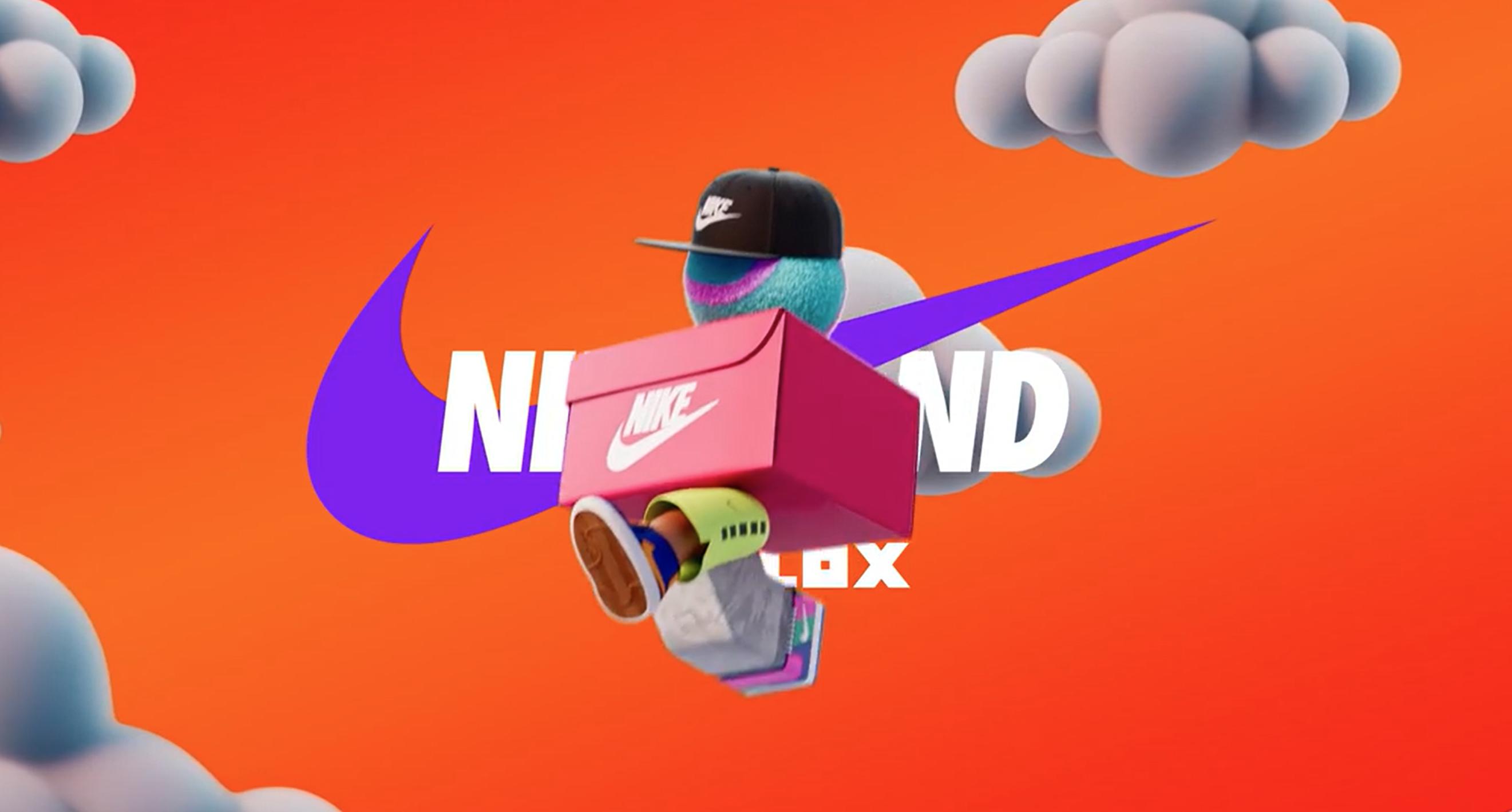From blades to balance sheets…

Consumer behavior is constantly evolving, and businesses must adapt to these changes to stay relevant and profitable. One industry that has witnessed significant shifts in consumer behavior is the shaving industry. Procter & Gamble, the household goods giant that owns the Gillette brand, recently experienced a writedown in the value of its Gillette business due to changing consumer habits. In this article, we will explore the impact of changes in consumer behavior on businesses, with a focus on the shaving industry and the example of Gillette.
Understanding Consumer Behavior
Consumer behavior encompasses the actions and decisions individuals make when purchasing and using products and services. It is influenced by a multitude of factors, including economic conditions, cultural trends, technological advancements, and personal preferences. As consumer behavior evolves, businesses must adapt their strategies to meet the changing demands of their target audience.
Procter & Gamble’s Experience
Procter & Gamble (P&G) is a multinational consumer goods company known for its diverse product portfolio, including the Gillette brand of shaving products. In December, P&G announced a $1.3 billion writedown in the value of its Gillette operations. This decision was driven by several factors, including changes in post-pandemic work habits and a stronger U.S. dollar, which led to slower volume growth.
Impact of Post-Pandemic Work Habits
The COVID-19 pandemic had a profound impact on the way people work and live. With the rise of remote work and social distancing measures, many individuals reduced their frequency of shaving. As a result, the demand for shaving products, particularly razors and shaving cream, experienced a decline. P&G’s decision to writedown the value of its Gillette business reflects the challenges posed by this shift in consumer behavior.
Waning Benefits of Price Increases
Consumer goods companies often rely on price increases to boost their profits. For two years, P&G and many other companies benefited from these price hikes. However, this strategy has its limits, and the benefits eventually wane. As consumers become more price-conscious, companies must find innovative ways to sustain profitability.
Restructuring and Impact on Profitability
To address these challenges, P&G announced a restructuring plan that includes the writedown of the Gillette business and the restructuring of certain assets. This move was expected to result in up to $2.5 billion in charges over two fiscal years. While these actions may help P&G realign its strategy, it also underscores the need for businesses to adapt quickly in response to changing consumer behavior.
The Gillette Example
Gillette, a brand synonymous with shaving, was acquired by P&G for $54 billion in 2005. However, the brand has faced challenges in recent years. In 2019, P&G took an $8 billion charge on the Gillette operation, citing currency devaluations and a contraction in the blades business in more developed markets. The recurring need for writedowns highlights the turbulence in the shaving industry and the need for adaptation.
Flat Volumes and Rising Prices
In the three months leading up to December last year, P&G reported that its volumes were flat, while average prices across product categories rose by 4 percent. This juxtaposition of flat volumes and rising prices demonstrates the delicate balance that businesses must strike to maintain profitability. In a competitive market, price increases must be justified by added value to the consumer.
Challenges in the Chinese Market
P&G’s net sales rose by 3.2 percent in the second quarter, reaching $21.44 billion. However, this figure fell slightly below analysts’ estimates due to weak demand for its beauty and personal-care products in China. China, a significant market for consumer goods, is experiencing a recovery from the COVID-19 pandemic that is characterized by non-linear and somewhat unpredictable patterns. This highlights the need for businesses to remain agile and adaptable in the face of varying market conditions.
Conclusion
The example of Procter & Gamble and its Gillette brand illustrates the profound impact of changing consumer behavior on businesses. As the shaving industry faced shifts in post-pandemic work habits and pricing strategies, P&G had to make significant adjustments to remain competitive. The key lesson for business students is that adaptation is essential in a dynamic marketplace. To thrive in an ever-changing landscape, businesses must closely monitor consumer behavior, anticipate trends, and be prepared to modify their strategies accordingly. In doing so, they can not only survive but also excel in challenging times, as demonstrated by P&G’s resilience in the face of its recent challenges.











